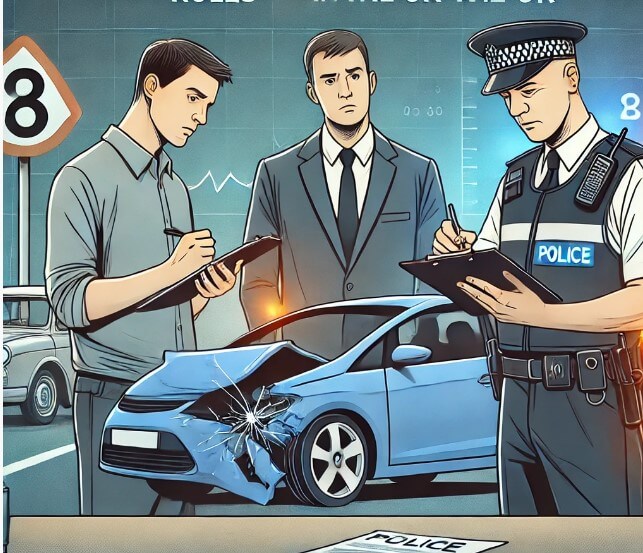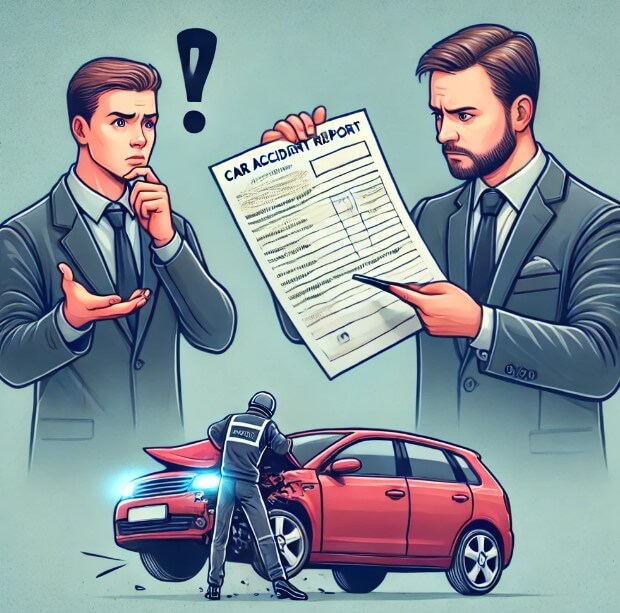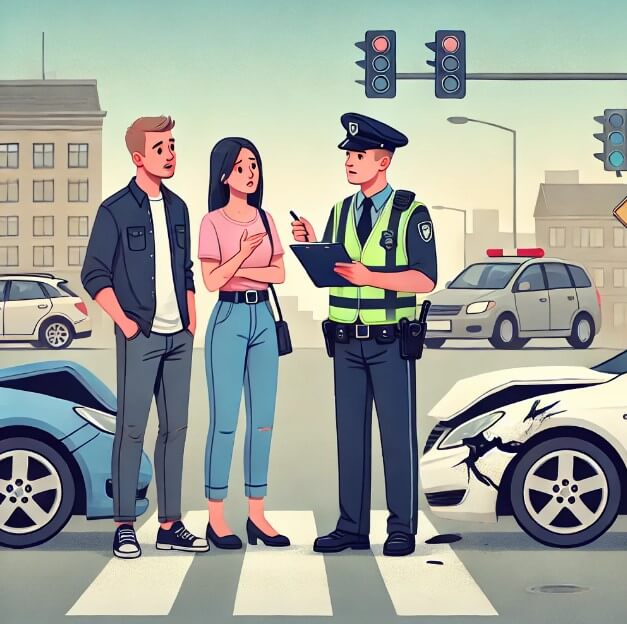Car accidents can be a stressful experience, and understanding fault determination rules is crucial, especially in the UK. These rules don’t only dictate who pays for damages but also influence your insurance premiums. Let’s break down how fault is determined and what you need to know to protect your interests.
What Does “Fault” Mean in a Car Accident?
Fault in a car accident refers to the responsibility of one or more parties in causing the incident. Fault can be critical, like in rear-end collisions, or complex, involving multiple factors. In the UK, you can be fully or partially at fault.
● Full Fault:
One party is entirely responsible for the accident.
● Partial Fault:
Both parties share responsibility, affecting compensation.
Key Factors in Determining Fault

Road Traffic Laws
UK traffic laws are foundational in determining fault. Violations like speeding, failing to yield, or running a red light typically indicate fault. Law enforcement uses these laws to assess the incident.
Police Reports and Evidence
Police reports are critical in documenting the accident. Officers note vehicle positions, skid marks, and any traffic violations. These reports are valuable for insurance companies and courts.
Witness Statements
Eyewitness accounts provide an unbiased perspective on what happened. Their testimonies can help clarify confusing scenarios, like who had the right of way.
Vehicle and Road Conditions
Weather, road conditions, and vehicle maintenance can influence fault determination. For instance, if a car’s brakes fail due to poor maintenance, the driver could be held liable.
Methods Used to Assess Fault

Insurance Company Investigations
Insurers conduct thorough investigations. They review police reports, photos, and medical records. The goal is to establish a clear narrative of events.
Use of Dashcam Footage
Dashcams have become a reliable tool in accident investigations. They provide real-time evidence of the collision, which can be pivotal in disputes.
Accident Reconstruction Experts
In complex cases, accident reconstruction experts analyze vehicle damage and road conditions. Their findings can support claims or court cases.
Common Situations and Their Fault Determination
Rear-End Collisions
Typically, the driver who rear-ends another vehicle is at fault. The rationale is that all drivers must maintain a safe following distance.
Side-Impact or T-Bone Collisions
Fault in T-bone collisions often depends on who had the right of way. These accidents frequently occur at intersections, making traffic signals and signs critical.
Multi-Vehicle Pile-Ups
Assigning fault in multi-car accidents is challenging. Investigators analyze each vehicle’s impact to determine who triggered the chain reaction.
Contributory and Comparative Negligence in the UK

In the UK, contributory negligence means that if you are partially at fault, your compensation may be reduced. For example, if you’re 20% responsible, your payout decreases by that percentage.
Exceptions and Special Circumstances
Pedestrian and Cyclist Involvement
Pedestrians and cyclists have unique protections under UK law. Drivers are often held to a higher standard of care to prevent accidents involving vulnerable road users.
Emergencies and Unforeseen Events
Sudden medical emergencies or unexpected obstacles can complicate fault determination. The courts may consider these factors when assessing liability.
Legal Procedures After a Car Accident
Filing a Police Report
Always report serious accidents to the police. Their documentation serves as essential evidence in fault determination.
Gathering Evidence Yourself
Take photos, note vehicle positions, and collect contact information from witnesses. This evidence can support your case if there’s a dispute.
Seeking Legal Advice
If fault is unclear or contested, consulting a solicitor can be beneficial. They can guide you through the legal process and help protect your rights.
Role of Insurance Companies
Insurance companies play a pivotal role in determining fault and settling claims. Fault determination can impact your future premiums, so it’s crucial to understand how insurers reach their conclusions.
Disputes Over Fault Determination
How to Dispute a Fault Decision?
If you disagree with an insurer’s decision, gather additional evidence and present your case. Most disputes can be resolved through negotiation or arbitration.
Taking the Matter to Court
When negotiations fail, you may need to take legal action. A court will then review the evidence and make a binding determination.
FAQs
What happens if both parties are equally at fault?
If both parties share equal responsibility, compensation may be split accordingly, and each party’s insurance will handle a portion of the costs.
Can fault determination affect my insurance premiums?
Yes, if you are found at fault, your insurance premiums are likely to increase, as insurers consider you a higher risk.
How long does it take to resolve a fault dispute?
It varies. Some cases are settled in weeks, while complex disputes can take months, especially if legal proceedings are involved.
Is dashcam footage always accepted as evidence?
While dashcam footage is generally accepted, its relevance and reliability may be questioned if the footage is unclear or incomplete.
What should I do immediately after a car accident?
Ensure everyone is safe, call the police if necessary, exchange information with the other party, and document the scene with photos and witness details.
Conclusion
Fault determination in car accidents is a complex but essential process. Understanding the rules can help you navigate the aftermath of an accident more effectively. Always be prepared, know your rights, and don’t hesitate to seek professional advice when necessary.
Visit CURRENTEER for more!
